What if we were to rate autopilots?
Published on December 6th, 2023
Among the takeaways from The Ocean Race 2022-23 was how rarely the IMOCA 60s were steered by humans. The technical progress of autopilots has led to this, which begs the question of how to handle this trickle down in handicap racing. Dr Jason Smithwick, Rating Director for IRC, takes a look at the issues for the December 2023 edition of Seahorse Magazine:
As an international rating system, we are often now asked if autopilots should have a rating factor in IRC as they evolve to be ever more sophisticated. This is particularly within the sailing landscape of double-handed/shorthanded sailing and the popularity of this discipline worldwide using IRC as the rating system.
The world of sailing has had many remarkable advancements in technology over the years, and one of those transformations has been autopilots. These smart systems have evolved from basic mechanical devices to highly sophisticated electronic control systems, development-driven particularly coming from shorthanded classes like the IMOCAs and Class40s.
Early autopilots, dating back to the mid-20th century, were straightforward mechanical systems that relied on compasses, wind vanes and other simple solutions. These early devices had limited functionality but nonetheless they represented the first step in relieving sailors of the constant demands of helming. And these systems are still successfully employed on many yachts today.
The next significant development came with the introduction of hydraulic systems. These utilized hydraulic pumps and rams to control the yacht’s steering. While more accurate and powerful than their mechanical predecessors, they still required constant manual adjustments and lacked the ability to adapt to changing conditions.
More recent autopilot systems incorporated sensors, including gyroscopes and accelerometers, to gather data about the yacht’s orientation and motion. With the integration of control algorithms these pilots became more responsive, able to make real-time adjustments to maintain a steady course even in challenging conditions.
Come 2023 and today’s autopilots are extremely sophisticated and getting more so every month.
The best are equipped with a vast array of sensors, including GPS, wind instruments, heel, trim and load feeds, connectivity to other vessel positions, weather forecasting, navigation etc, providing a wealth of data for precise safe routing at optimal boat speeds.
Ever more advanced algorithms process this information to calculate optimal steering commands, and these can be further improved onboard using adaptive algorithms such as machine learning to tweak calibrations and controls.
And today this is all available with user-friendly interfaces to allow sailors to adjust the systems easily.
Importantly, and not to be overlooked, is that modern autopilots also offer many safety features, whereby some can detect potential hazards, such as other vessels or obstacles, and take corrective action. They also have emergency functions that can be connected to man overboard devices and control the boat when it is deemed to be in a dangerous or unexpected physical situation.
Today, you can have a reliable and accurate autopilot system that can get you safely from A to B and that is great. But the question that is on people’s mind is can these get you from A to B faster than a human helm, and if that is the case, should this be accounted for as with any other sailing feature that makes you go faster?
I do not discount the philosophical question of whether this is all good for the sport, but for this article I will leave that to others to debate and focus on rating and speed potential.
It is undeniable that having an autopilot in a shorthanded situation means you can spend more time trimming sails, routing and attending to other performance contributors, but this only pays off in a racing situation if the autopilot is comparative to having that human on the tiller.
This is often the case in maneuvers where you need the extra hands to handle sails, but anecdotally it is also the case when a sailor is tired, struggling at night or simply less experienced.
I have had situations recounted to me where a double-handed crew has sailed past a fully crewed boat, with the two sailors at the back drinking tea and waving as they go by; and the fully crewed boat feel that is unfair in some capacity and that autopilots should be rated.
Often double-handed sailors counter that argument and state that even with top-end autopilots, they are faster on the helm and that is distinctly their preferred situation. I have not heard of a fully crewed boat preferring an autopilot over the sailors onboard (still widely prohibited, though now allowed in RORC races).
So, what if we were to rate autopilots, how would we go about it? It is certainly a minefield because writing a rule around pilots and associated control systems and sensors is fraught with difficulties. Just adequately describing such a system, and then limiting and inspecting them, is almost impossible; one black box looking much like another.
Such a rule would also be out of date within a few months. You may say, well, simply let sailors declare if they have an autopilot and add a few rating points. That may be appropriate for the high-specification systems on shorthanded boats, but what about the simple systems that may be left onboard for the odd race or delivery?
So personally, I cannot yet see a situation where we can rate the use of autopilots fairly across the whole matrix of pilot systems, disciplines, and yacht types.
Instead, working with major race organizers in IRC has led us to consider it more appropriate to simply permit or not permit autopilots onboard. Often the pilots are limited to the shorthanded teams, which begs the question should they be racing for the top overall prizes?
Make no mistake, there is an arms race going on out there. When and if we do permit pilots more widely, then for sure the cat will really be out of the bag in terms of technology…
Already, many feel we should be taking steps to limit the capacity of these systems in the name of fair sailing. I have been looking at this whole area with World Sailing, also investigating rules to limit remote sensing systems such as Light Detection and Ranging (Lidar) to read the conditions ahead to make proactive decisions, rather than the current reactive systems.
Undoubtedly, some form of initial framework for future potential regulation needs to come from the top – and preferably sooner rather than later.
Sailing autopilots are powerful tools that assist sailors, but most people still seem to believe that for the majority of situations they do not eliminate the need for a helmsman, particularly when it comes to boat speed and adapting to fast-changing conditions. And let’s not forget observational safety for vessel and crew.
Lastly, we should not forget that sailing is not just about finishing a race efficiently; it’s about the experience and the sense of accomplishment. A skilled helmsman embodies this and steering a yacht with a deep understanding of the wind, the water and the vessel itself surely remains a big part of that connection?


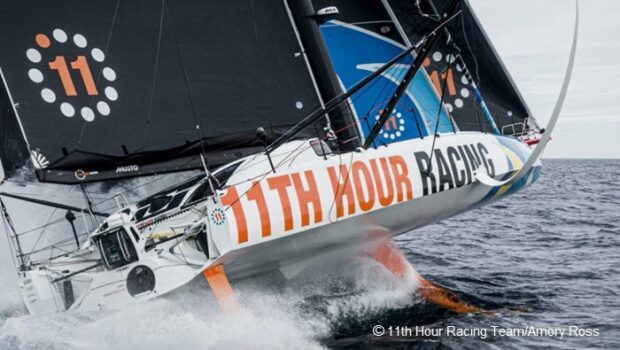


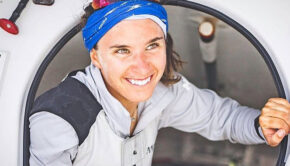
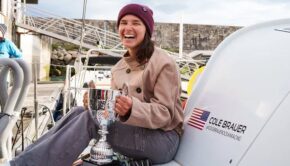
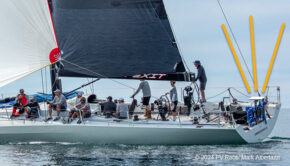
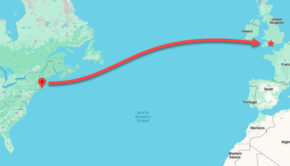
 We’ll keep your information safe.
We’ll keep your information safe.